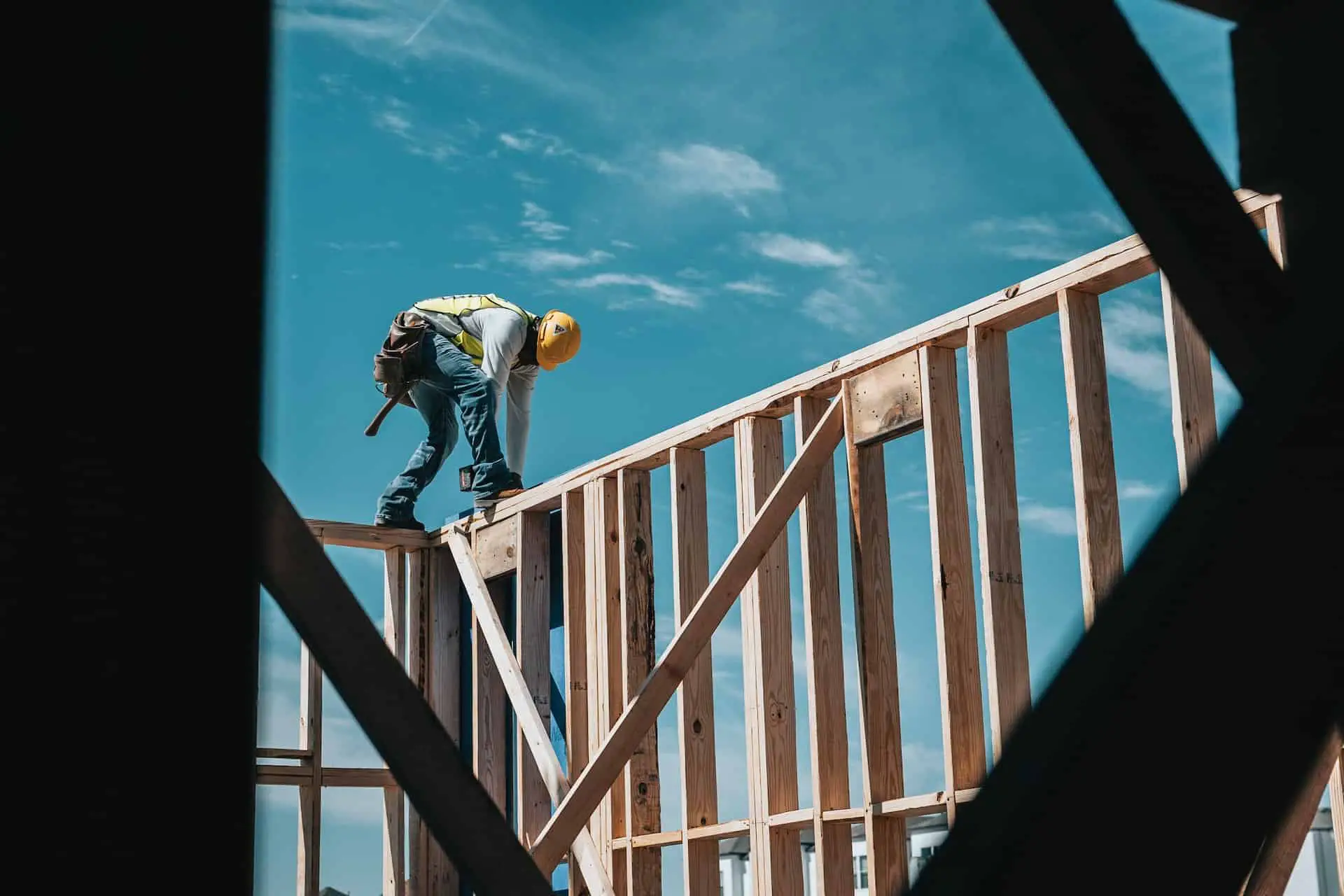Isle of Wight council Cabinet will be presented with the draft Island Planning Strategy (IPS) next week (Thursday 14th March).
It had been intended that the Draft IPS would be considered by the Cabinet at its meeting in January this year.
Changes to the National Planning Policy Framework
However, the government published changes to the National Planning Policy Framework (NPPF) in late December which included a new footnote relating to islands and ‘exceptional circumstances’.
The council decided to pause and seek specialist advice over the new NPPF and whether a different approach for the Draft IPS should be considered.
Exceptional circumstances do not guarantee a lower housing number
The legal and demographic advice has now been received, and both are clear that the exceptional circumstances route does not guarantee a lower housing number and in fact could even mean a higher one.
The advice supports the council moving forward with the Draft IPS as it gives the best and quickest chance to have a new plan in place and all the benefits and protections it would afford the Island.
Approach for future development on the Island
The Draft IPS sets out the overall approach towards future development on the Island and the policies to be used in assessing planning applications. The draft plan includes policies that mean that:
- affordable homes are even more affordable to Islanders;
- more protection is given to the countryside; and
- new homes will be net zero carbon.
453 homes per year until 2037
The plan balances social, economic and environmental issues and fronts up to some difficult decisions such as planning for 453 homes per year until 2037 — although 2,358 of these homes across 44 different sites already have planning permission.
By allocating just 24 more sites that don’t already have permission for the next 15 years, the plan can protect the Island from unwanted, speculative development, which is often on greenfield sites and rarely provides Island affordable homes.
Housing number 40% below Gov target
It is considered that the evidence base that underpins the Draft IPS provides clear justification for an overall housing number which is nearly 40 per cent below the amount of housing the government expects the Island to deliver.
The Draft IPS has already been discussed at the Policy and Scrutiny Committee and all of the changes recommended by that committee have been included.
Cabinet approval is the next step in seeking overall councillor approval to move the draft plan to the next stage, where the council will publish the Draft IPS and open a six-week window for people to make comments.
Boulter: Demographics, market signals and past under delivery all have to be taken account of
Ollie Boulter, strategic manager for planning and infrastructure said,
“A new Island Planning Strategy is absolutely vital when it comes to our ability to determine where development takes place on the Island.
“Agreeing a new plan will give us the tools to tackle key issues affecting the Island and our residents such as the affordability of new homes, ensuring that permissions granted are built out and that new development contributes to the objectives of our Climate and Environment Strategy.
“Whilst the NPPF has a new footnote relating to islands, no other changes have been made around exceptional circumstances and it remains the case that pursuing such a route is not simply about writing a lower housing number in the plan that will automatically make homes more affordable or accessible to Islanders.
“Our specialist advice is clear – the robust evidence still required by government to support a case for exceptional circumstances is more likely to push our housing number up not down. The NPPF is explicit – demographics, market signals and past under delivery all have to be taken account of. By doing so the housing need figure for the Island cannot realistically be lower than that within the Draft IPS, which is already almost 40 per cent below what the government except us to deliver.”
If the draft is approved by Full Council it will move through a rigorous statutory process set by national government with the local authority publishing the document and seeking public comments for a period of six weeks.
After that it will be submitted to the Secretary of State for Levelling Up, Housing and Communities along with all the comments received, who will then appoint a planning inspector to hold public hearings and then produce a final report.
Once this process is completed the council will have the opportunity to adopt the local plan based on the inspector’s recommendations.
News shared by Isle of Wight council press office, in their own words. Ed





